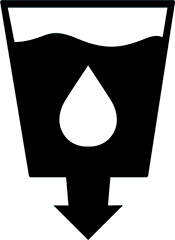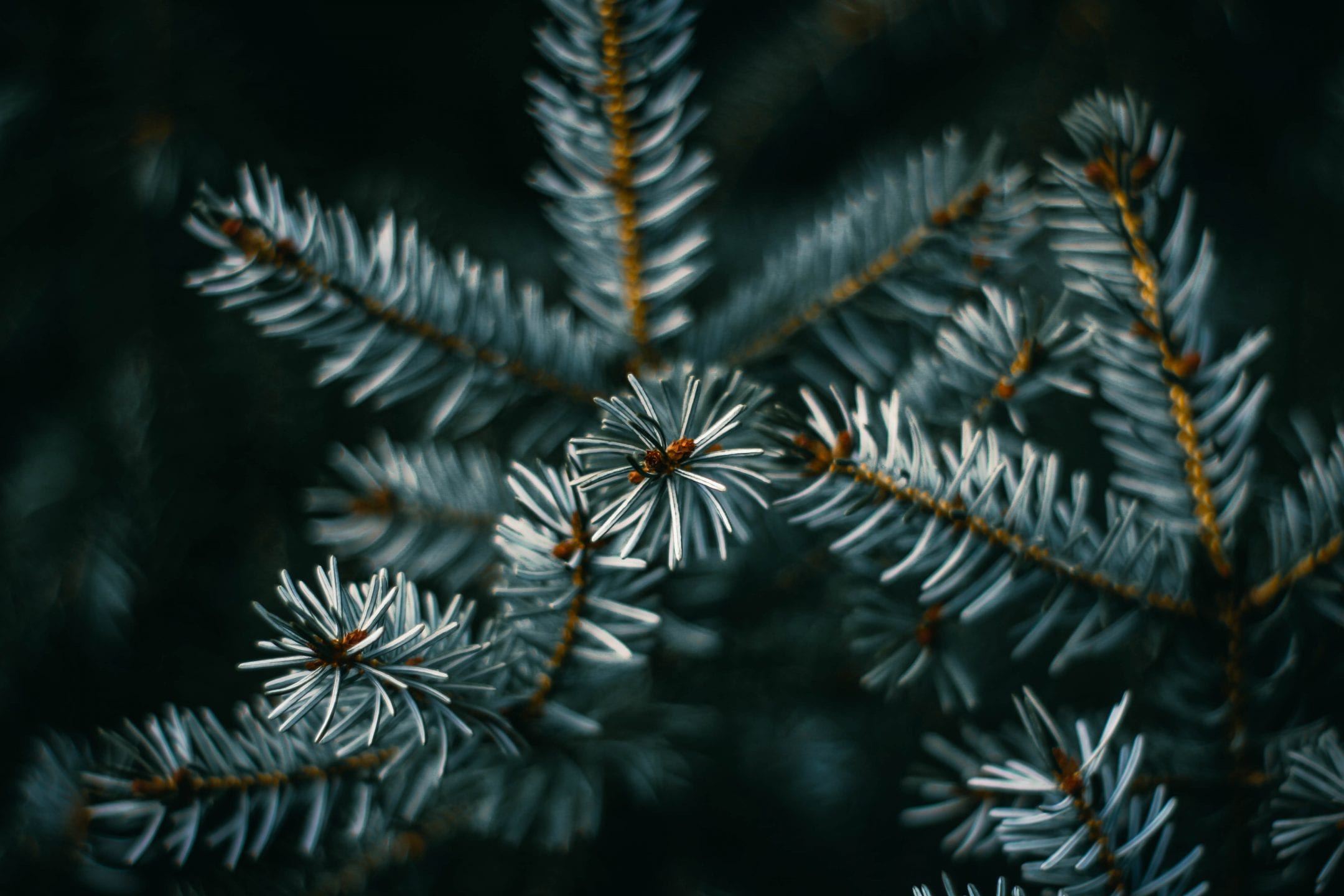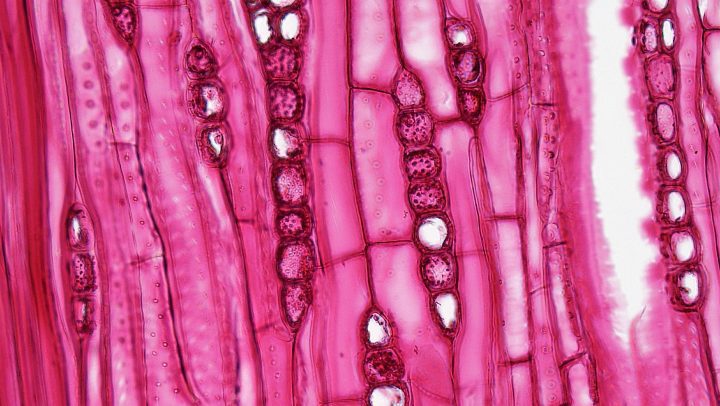Simple filtration system from MIT contains an abundantly available resource, xylem tissue from native trees, that naturally filters pathogens from water.
Benefits
- Low cost
- Biodegradable
- Reduced waste
Applications
- Water filtration
UN Sustainable Development Goals Addressed
-

Goal 3: Good Health & Wellbeing
-

Goal 6: Clean Water & Sanitation
Bioutilization
- Xylem
- Gymnosperm sapwood
The Challenge
Water is essential for human survival, and access to clean drinking water is critical for good health. Contaminated drinking water can cause numerous health concerns, including diarrhea and exposure to viruses. Wastewater treatments systems can be expensive to build and require specialized parts from around the world, making the systems inaccessible to many countries.
Innovation Details
The water filtration system is made from the branches of native non-flowering trees, such as pine and ginkgo. These branches contain sapwood lined with interconnected conduits and thin tissue that serves as a sieve, known as xylem. Plants transport water from their roots to the leaves through the xylem. As the water travels through the xylem, pathogens and bacteria are removed. The natural filter, which is made from peeled cross-sections of sapwood branches, is able to produce purified water at a rate of 1 liter per hour. It can also remove 99% of E. coli and rotavirus, the most common cause of diarrheal disease.

Learn more about the use of low-cost xylem filters in India

Learn more about how xylem filters work
Biological Model
Plants contain a tissue called xylem that consists of many small transport tubes. These tubes help transport water and nutrients from the roots to the leaves.





